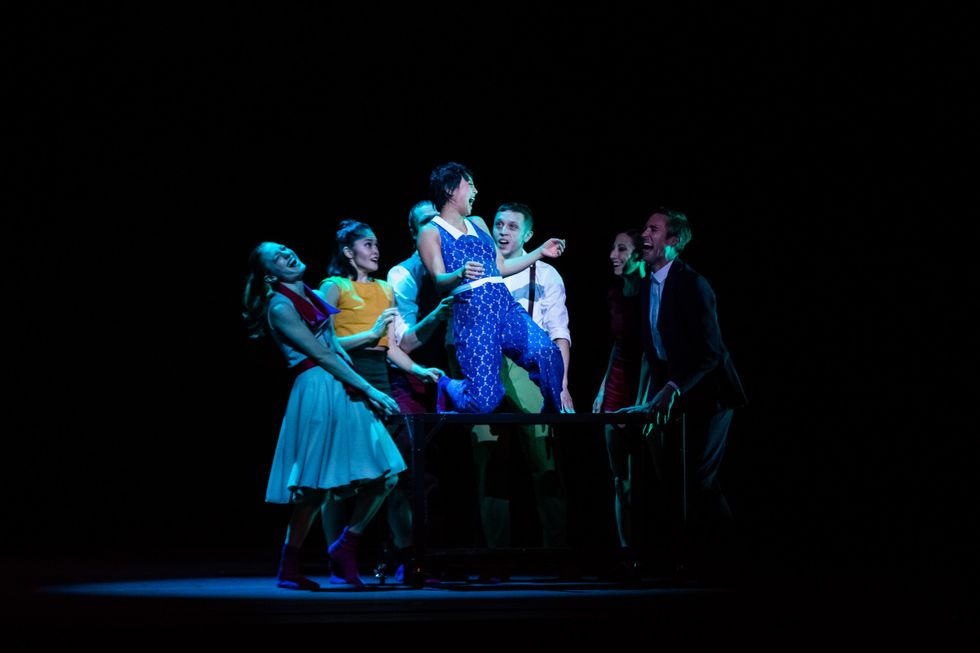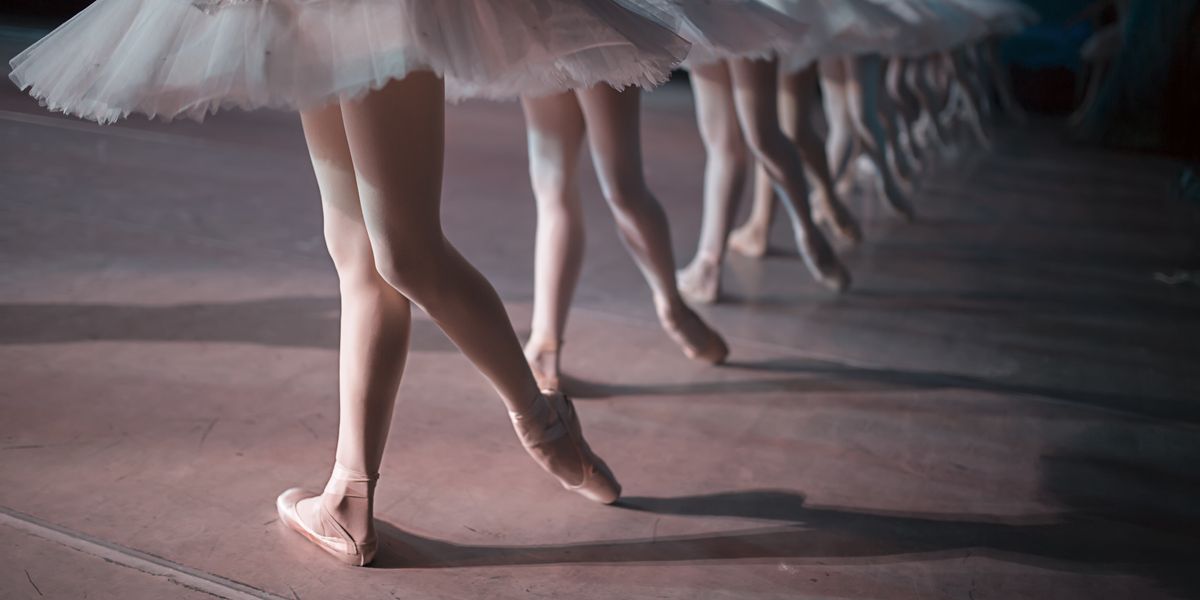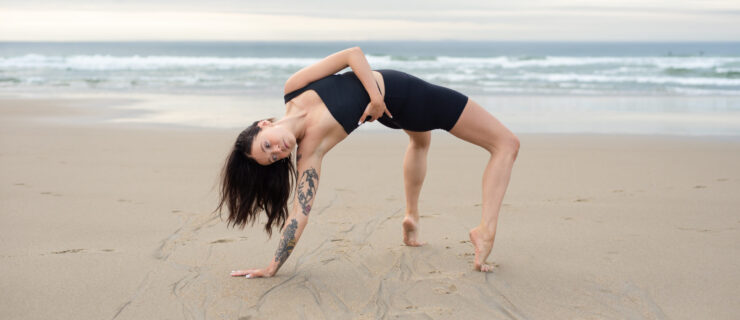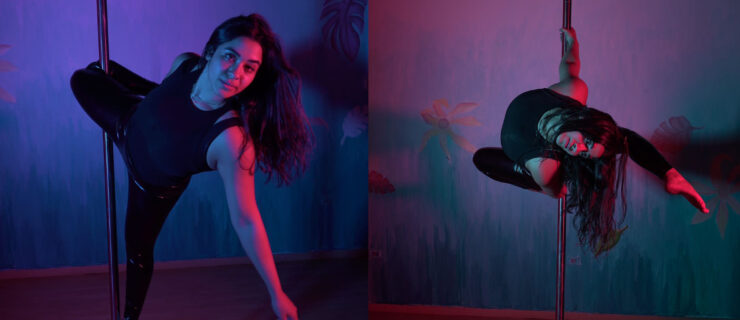Has the Quest for Versatility Erased Dancers’ Movement Signatures?
“Dancers can do everything these days,” I announced to whoever was in earshot at the Jacob’s Pillow Archives during a recent summer. I had just been dazzled by footage of a ballet dancer performing hip hop, remarkably well. But my very next thought was, What if that isn’t always a good thing? What if what one can’t do is the very thing that lends character?
Let me explain. I am finding it harder these days to define a dancer’s kinetic signature, which is my signature as a dance writer. As someone from the somatic persuasion (the Feldenkrais Method), I’ve always felt my gift to the field is being able to put into words how an artist moves differently than the person next to them. I am well aware that dancers need to be able to move precisely in sync to remain employable. I get that. Imagine La Bayadère‘s “Kingdom of the Shades” without sameness. It’s the ability to turn the “same” function off when necessary that I am concerned about.
Watch an episode of “So You Think You Can Dance” or “World of Dance,” and you’ll witness an ocean of sameness, often performed at a level 10 intensity the entire time. High legs, endless turns, eye-popping technique, zero personality. I’ve also seen generic dancing at college programs, contemporary companies and in the corps de ballet. There’s even less tribalism these days; we used to be able to tell a dancer’s ancestry—be it Graham, Cunningham or Balanchine—by their movement.

Courtney D. Jones stands out for her unique movement approach.
dabfoto creative, Courtesy Jones and Cynthia Woods Mitchell Center for the Arts
I worry that all this neuro-diversity has smoothed over our idiosyncrasies, so I consulted my brainy, neuromuscular friends from the somatics world. Not one of them would confirm that the required fluency in many forms of dance is the culprit.
So what then? Is it that the training itself has developed to produce a more technical dancer highly capable of sameness at the expense of individual expression? Just watch the earliest footage of modern dance and compare that to the graduating class of Juilliard to see how technique has evolved.
Bodies inherently move with a personality. When I consider my “25 to Watch” nominations who’ve made the list over the years, I’ve chosen artists who move in a way that I’ve never seen before: dancer/choreographer Courtney D. Jones’ embodied authority; freelancer Ching Ching Wong’s ability to divide her body between wiggly-squiggly and completely still; the slippery chillness of Laura Gutierrez, who evokes classic Cunningham style with a juicy twist; at Boston Ballet, it’s how Derek Dunn carves the contours of each step such that he leaves a trace of his action; and at Tanztheater Wuppertal Pina Bausch, it’s Stephanie Troyak’s sublime awkwardness, reminding me of a colt’s first steps out of the womb—all powerful signatures.
 Ching Ching Wong (in blue) maintains a recognizable movement signature.
Ching Ching Wong (in blue) maintains a recognizable movement signature.
Otto Kitsinger, Courtesy Lauren Edson
I don’t have the answer as to why kinetic signatures have eroded. But I do know that we need to nurture the dancing personality. For an instant burst of inspiration—and a reminder of what it looks like when dancers truly embrace what makes them unique—I recommend turning to Jacob’s Pillow Dance Interactive. The handy online archive contains footage of some of my favorite movers. There’s Louise Lecavalier‘s human-cannonball thrusts into space. Roy Assaf‘s silky-smooth rope tricks of a pas de deux. Lutz Förster‘s nonchalant charm. Each artist moves with undeniable distinction.
As a field, we’ve got technique, cross-training and ensemble skills all down in spades. To choreographers I say: Create a studio environment where what makes us unique survives intact. To teachers I say: A dancer’s individuality needs to be cultivated from the get-go. To dancers I say: No one moves like you do.




